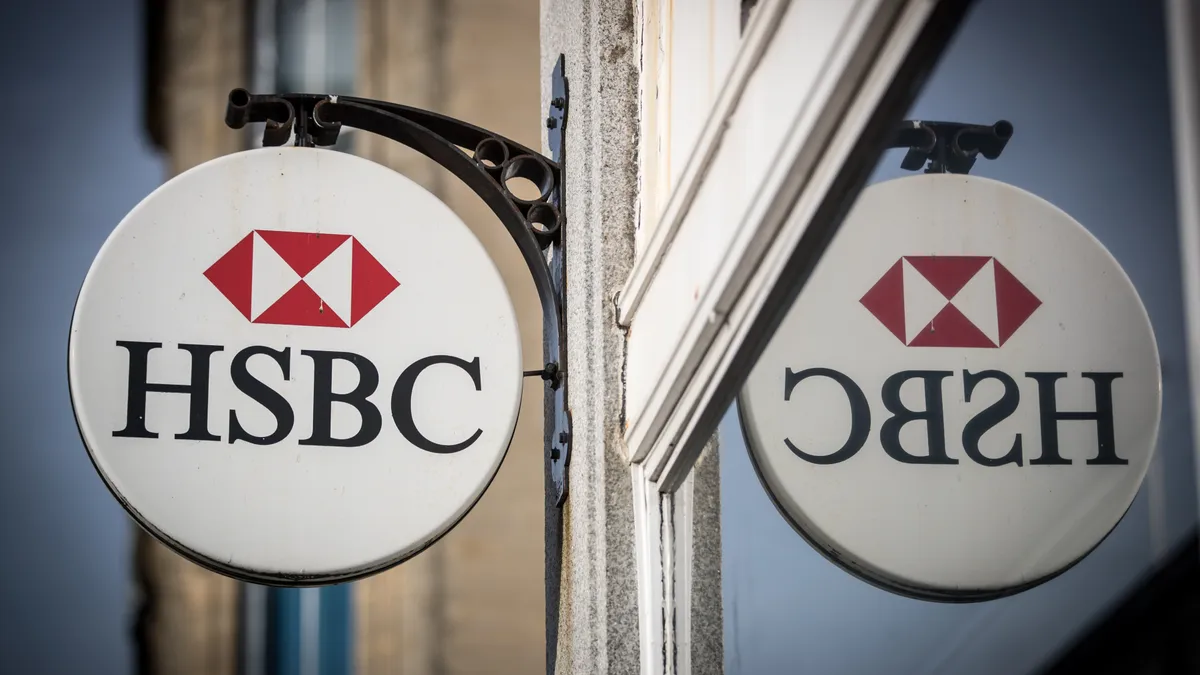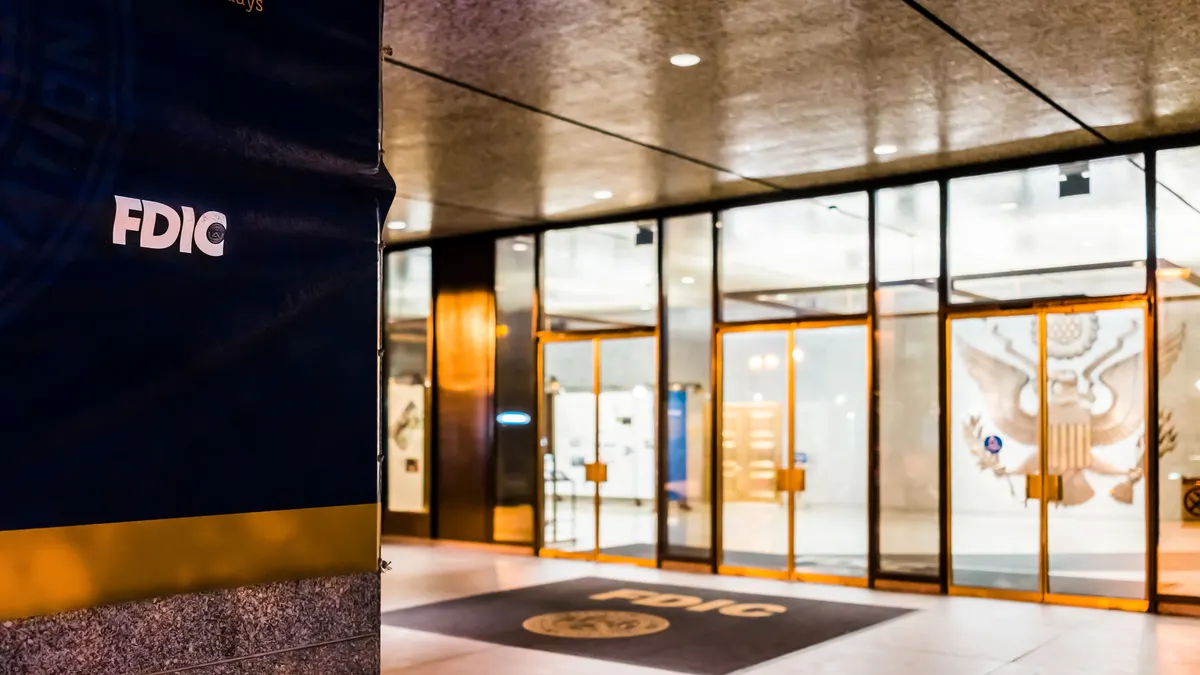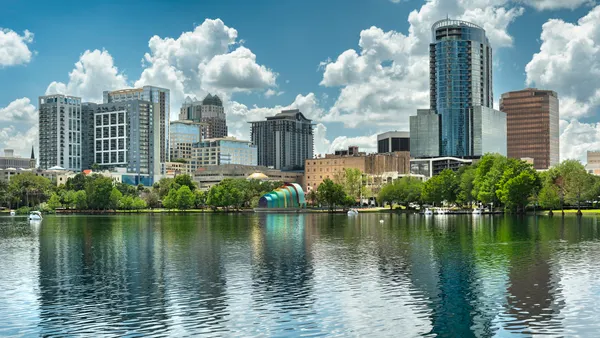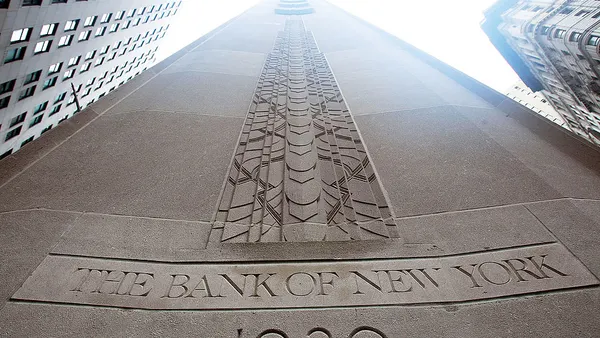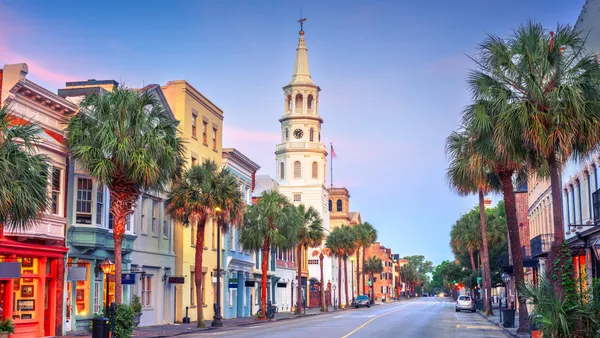Dive Brief:
- HSBC unveiled its first net-zero transition plan Thursday, detailing the bank’s strategy to achieve its climate targets — achieving net-zero status by 2050 — and investment decisions it seeks to undertake to facilitate decarbonization across various sectors it finances.
- The London-headquartered bank said it aims to phase down financing it provides to carbon-intensive sectors in line with keeping global temperature rise below 1.5°C. HSBC has set 2030 targets for industries such as oil and gas, power and utilities, transport and heavy industry — which includes thermal coal mining and manufacturing of iron and steel — and said it would disclose progress toward these targets annually.
- HSBC’s transition plan builds on its goal of facilitating $750 billion to $1 trillion of investments and sustainable financing by 2030. The bank said since it set that target in 2020, it has provided $210.7 billion in funding to support both environmental and social activities to help reach that goal.
Dive Insight:
HSBC said its pathway to net-zero entails a “complex transition,” as markets and sectors are at different starting points and moving at different speeds on decarbonization efforts. However, the bank said it seeks to aid companies from high-emitting sectors in developing and implementing transition plans to help decarbonize their business models, manage risks and invest in emissions-cutting climate technologies.
HSBC said it set a target to reduce on-balance sheet financed emissions by 34% for its oil and gas portfolio and by 77% for its power and utilities portfolio by 2030, compared to a 2019 baseline, as part of its sector-specific decarbonization initiatives. The bank also said it would phase out financing of thermal coal and mining in the European Union and member countries of the Organization for Economic Cooperation and Development by 2030, and in the rest of the world by 2040.
“We are present in the regions, the markets and the sectors that arguably make the biggest impact in terms of future emissions,” Celine Herweijer, HSBC’s chief sustainability officer, said in a press release. “We have an opportunity to support them to make the transition and catalyze the new economy.”
However, achieving net-zero status cannot be done by any one organization alone, the bank said, adding that its own 2050 net-zero target relies on “the pace of decarbonization in the real economy and on our customers’ ability to transition their business models.”
The report comes against a backdrop of banks, financial institutions and asset managers facing mounting pressure to address climate risk and cut off ties with the fossil fuel industry.
Despite the sustainability-forward initiatives laid out in the transition plan, HSBC said a day after its net-zero plan came out that it has no plans to blacklist major polluters and will continue to work with high-emitting clients as it believes severing ties doesn’t help the broader economy.
“The end game is real-world emissions reductions, not just our portfolio getting there as quickly as possible, because then we could have all sorts of unintended consequences,” Herweijer told Bloomberg on Friday. “And I think sometimes that gets forgotten.”



